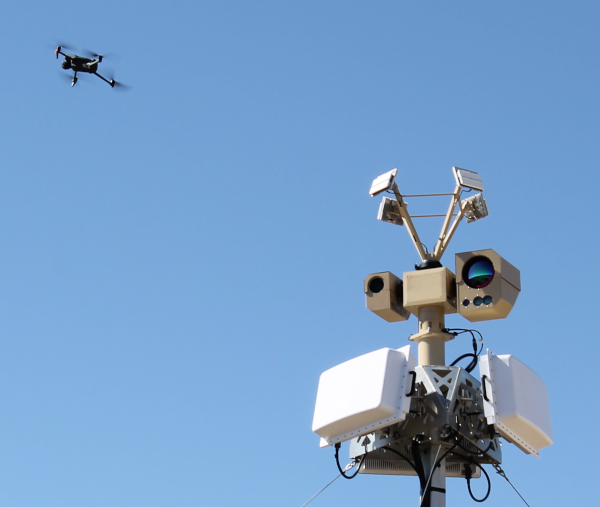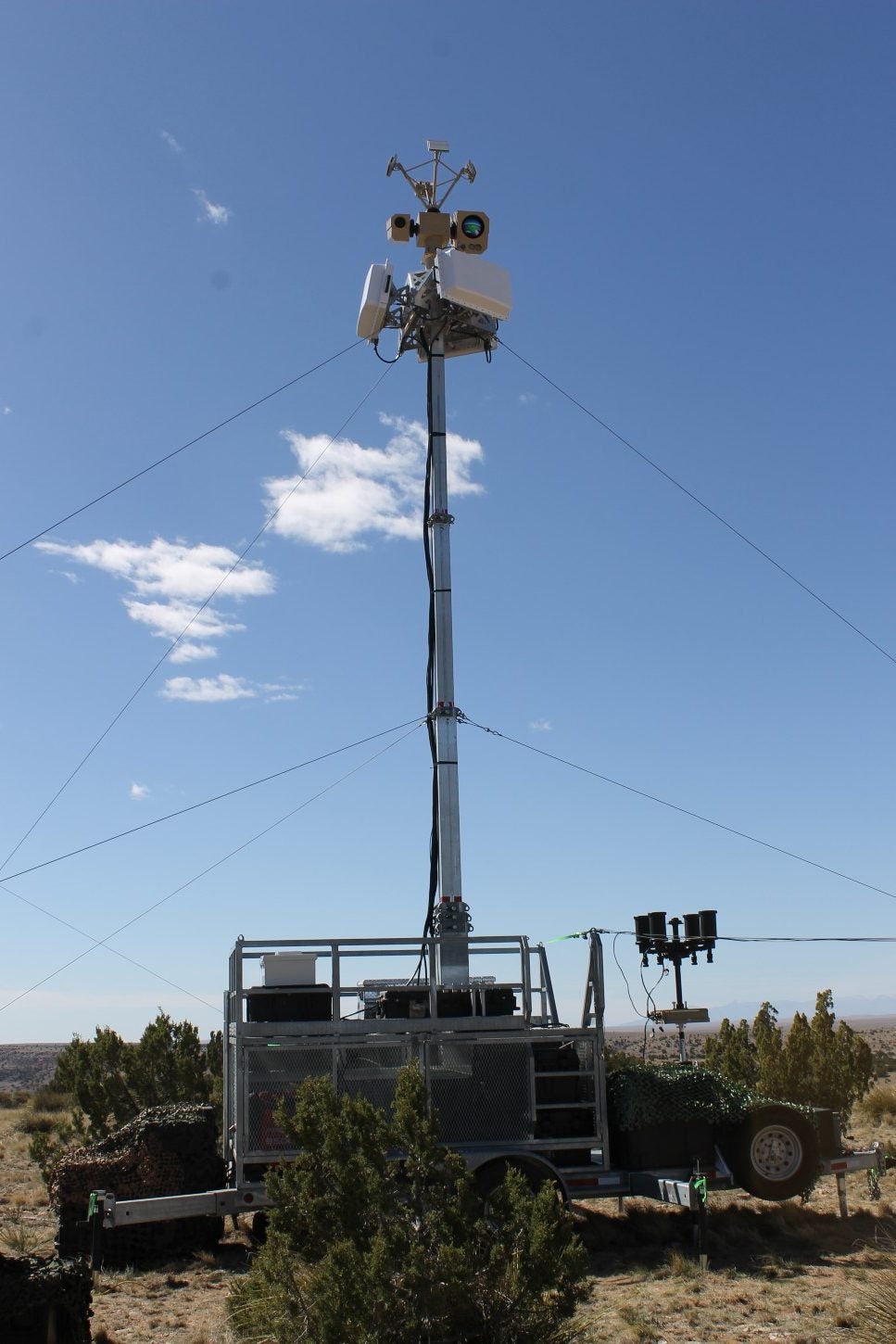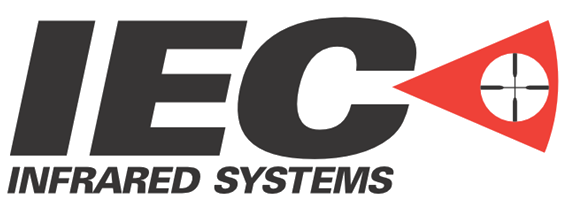
The Lycan CUAS (Counter Unmanned Aerial System) detects, tracks, and mitigates unmanned aircraft systems that are currently being used to surveil, target, and attack military or commercial installations. Lycan employs a multi-layered approach. Signals from different sensors are integrated within IEC’s IntrudIR Alert control system, allowing detection and identification of even small Class I drones (such as a DJI Phantom) at a range of nearly 3 miles.
Target Detection
Both long-range and short-range 3D multi-mission radars are used to detect targets. The system uses an artificial intelligence engine and heuristics to prioritize targets to reduce clutter such as birds and is equipped with thermal and visual cameras for target assessment.
Overlapping the radar is Lycan’s RF detection device, which detects RF control signals; This allows operators to see both radar and RF detections at the same location, further validating a real threat. If the conditions are not ideal for optical tracking, the radar/RF sensors will continue to track and keep the camera on target. The system is dual use, with the radar and camera system also being effective against ground targets such as humans and vehicles.
Mitigation
Lycan can mitigate threats using a directional tri-band RF jammer, which disrupts Wi-Fi and GPS frequencies and can be customized to target specific frequency ranges according to user requirements. The jammer is boresighted to the optics and is mounted on the system’s pan & tilt positioner.

Ease of Integration
Lycan comes with its own control software which can be integrated with other C2 systems. Information from all sensors, as well as system control functions, are integrated into a single user-configurable screen. One operator can control multiple networked Lycan systems.
Ability to Evolve
As threats change and new sensor technologies emerge, Lycan’s modular architecture enables easy replacement and/or addition of system components.

